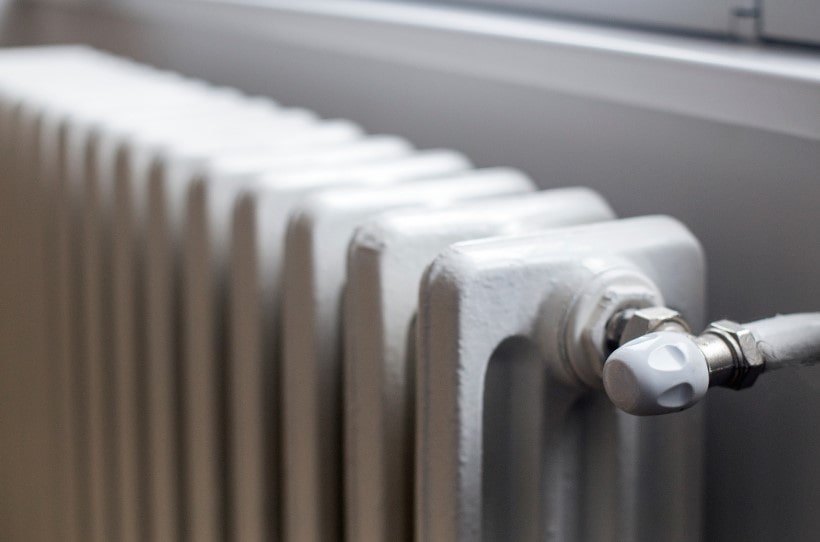
As the site manager of a bustling school, you face unique hygiene-related challenges every day, from cleaning desks to sanitising art equipment. Ensuring a clean and healthy environment for students is one of your prime responsibilities.

Do the back of your radiators feature prominently on your maintenance list? If not, it's time they do. Here's why.
Efficient Heat Distribution: Clean Radiators Ensure Better Heat Dissemination
Dust, dirt, and debris love to make a home on your radiators. Over time, these unwanted guests create a thermal blanket on the radiator surface, decreasing heat transfer efficiency. This unwanted layer means less heat makes it into the room, leaving some areas colder than others. Adept use of radiator cleaning tools and understanding how to clean radiator dust are essential to maintaining effective heat distribution, ensuring a warm and cosy environment throughout your school.
Energy Efficiency: Clean Radiators Equal Less Energy Usage
The cleanliness of your radiators directly affects their energy efficiency. When your radiators are covered with layers of grime, they need to work harder, using more energy to provide the same level of heat. This hard work can translate into higher heating bills. Cleaning your radiators at least once every half term, with the appropriate tools, will help optimise their performance, making them environmentally friendly and economically efficient.
Extended Lifespan: Regular Cleaning Ensures Longer Radiator Life
Regular cleaning makes your radiators more efficient and extends their lifespan. Dust and debris can trap moisture on your radiators, leading to rust and corrosion. This corrosive process can cause premature wear and tear, resulting in the need for costly replacements. Regularly cleaning your radiators can avoid these issues, ensuring the longevity of your heating system.
Improved Indoor Air Quality: Cleaner Radiators Lead To Healthier Air
Indoor air quality is an essential aspect of managing a healthy school environment. Radiators can become a catch-all for dust, allergens, and bacteria. Once the heating is turned on, these particles can be pushed into the air, potentially affecting the health of those within the school, especially those with allergies or respiratory conditions.
Prevention Of Fire Hazards: Clean Radiators Minimise Fire Risks
Fire safety is critical in a school setting, and surprisingly, radiator cleanliness plays a part. Combustible materials such as paper, fabric, sweet wrappers, and lint can build up near radiators. If these materials come into contact with a hot radiator, they could potentially ignite, causing a severe safety hazard.
Top Tips For Cleaning Your Radiators
Now you know why radiator cleaning is essential, here are a few key tips on how to clean radiator dust effectively:
-
Use the right tools: A long, flexible brush or a specialist tool for cleaning radiators will help you reach inside and behind the radiator to remove trapped dust and debris.
-
Cover the surrounding area: Prior to cleaning, cover the surrounding area with an old sheet or tarp to catch any falling dust.
-
Vacuum after brushing: Once you've dislodged the dust, use a vacuum cleaner with a narrow attachment to clean up.
-
Regular cleaning: Aim to clean your radiators at least twice a year - at the end of winter and before starting them up again in autumn, and preferably once a term.
Find Out More
At Power Hygiene, we understand that managing a school's environment is challenging. We're here to assist you with our Free Site Cleaning Evaluation. Our dedicated team will provide bespoke solutions to meet your specific needs and ensure your school is a warm, safe, and healthy place for all.
Image Source: Canva

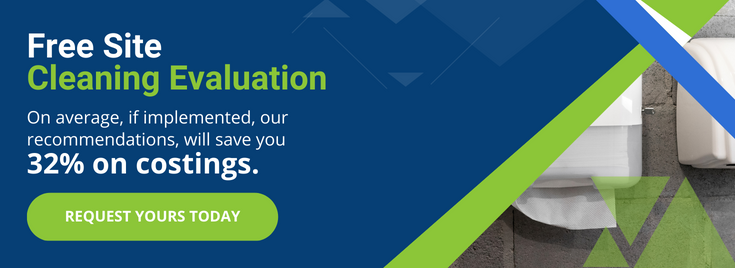
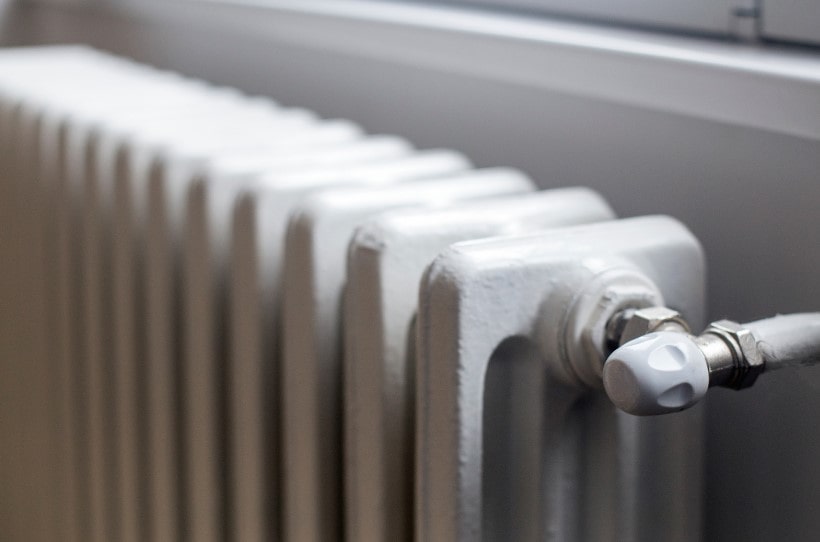
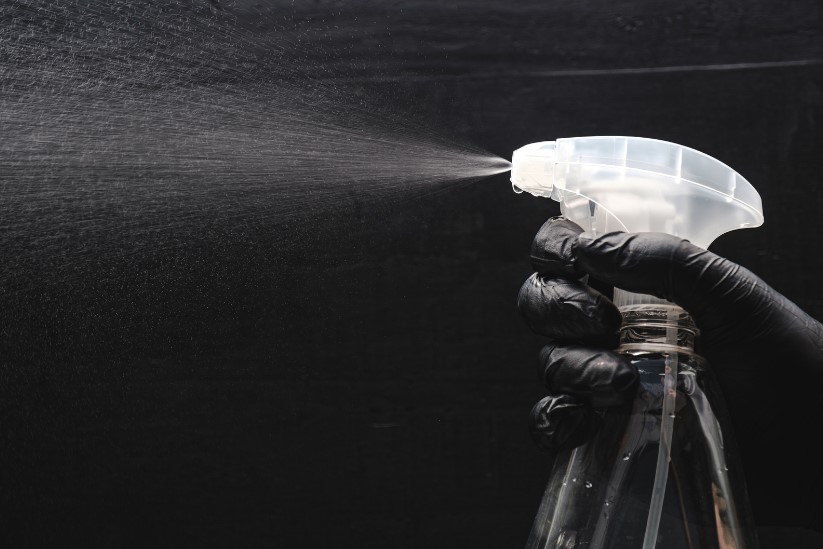
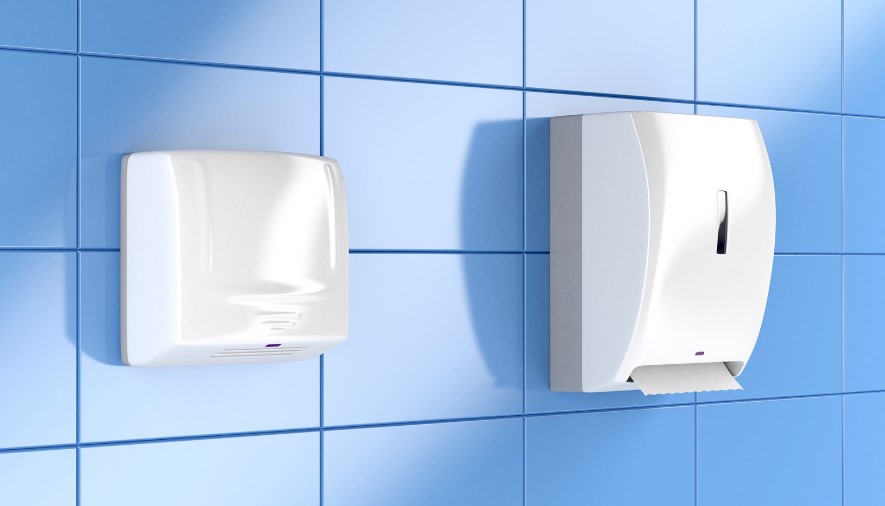
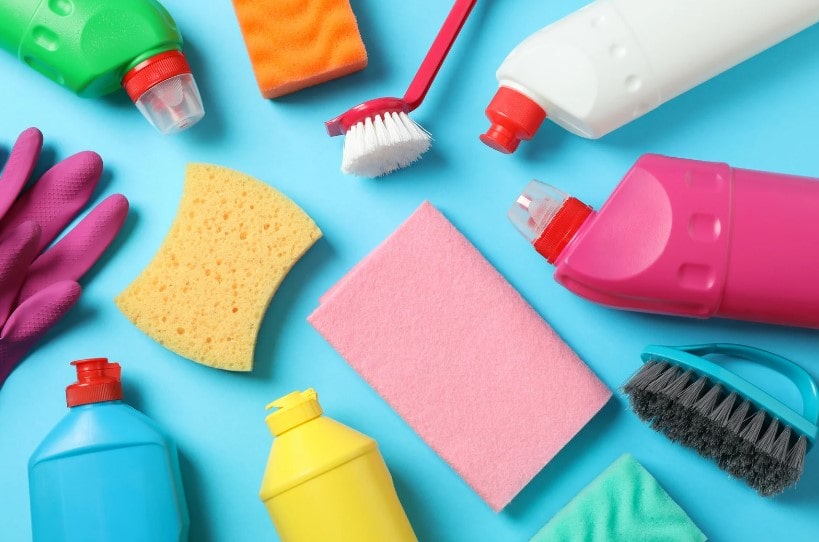
Leave a Comment